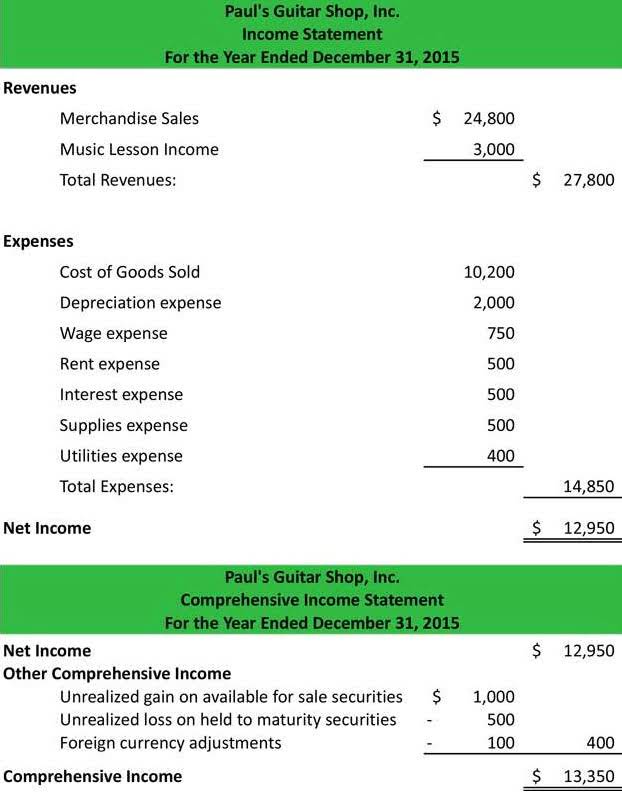
To do so, you might want to create a journal entry to transfer the balance of the OBE account to the appropriate equity accounts. Another way is to create equity accounts with zero balances and then distribute the amount still remaining on the OBE account to them accordingly through journal entries. You can have an opening balance for different types of accounts, like how much money you have in the bank (assets), what you owe to others (liabilities), or what your business is worth (equity). There also can be opening balances for your revenue and expense accounts. An opening balance is the amount in a financial account when a new period begins, like a new year or month (it also applies to when you set up a new company file in QuickBooks). It’s the starting point for keeping track of money coming in and going out.
Negative opening balance equity can show owing to reasons like incorrect or duplicate entries, mistakes in bank reconciliation, bank reconciliation not done, etc. To fix this, first, verify all the journal transactions are entered correctly. Opening balance equity is an equity account (as you can see by the name). Adding opening balances to your liability and equity account should, ideally, put the OBE’s balance to zero. An opening balance equity can be in a positive-sum or a negative number. A common reason for a lingering balance on your opening balance equity account includes bank reconciliation adjustments that weren’t done properly.
P&L Template: Understanding the Profit and Loss Statement (Plus a Template to Download)
This account appears in your organization’s chart of accounts as an equity account, and is created automatically by the software. The International Financial Reporting Standards (IFRS), which are used in many countries outside of the United States, also recognize the concept of opening balance equity. However, IFRS places a strong emphasis on the presentation of financial statements that are understandable, relevant, reliable, and comparable. The goal is to ensure that these amounts are subsequently allocated to the correct equity accounts in a timely manner. Under IFRS, the transparency of these allocations is paramount, as it affects the perceived accuracy of the company’s financial position and performance. In QuickBooks, you might stumble upon the opening balance equity account, which can be confusing (especially if you’ve just started to work with the software) as you look at something you didn’t set up.
After all opening balance accounts are created you need to move OBE to owner equity with a journal entry. If there’s a left-over balance in the Opening Equity account, it should go to other equity accounts or retained earnings. Below are the journal accounting entries to close the opening balance equity and ensure presentable balance sheets. Opening balance equity is an account generated by accounting software to depict the difference between the debit balance and the credit balance in a company’s general ledger. You won’t need to connect your personal account since it’s not part of your business. Simply record the initial deposit as a deposit since it’s a money-in transaction.
Accrual Accounting: Method Definition & Examples
The Chart of Accounts is a list of all accounts used by a company to record financial transactions. During the setup process, QuickBooks will prompt users to enter the opening balances for each account. If the user does not have this information, QuickBooks will create an entry in the Opening Balance Equity account to balance the books. Opening Balance Equity is a temporary account that is used to record the initial equity balance when a new company’s books are set up. It represents the difference between the company’s assets and liabilities. This account is usually used when a company is first established, during a merger or acquisition, or when a company changes its legal structure.
